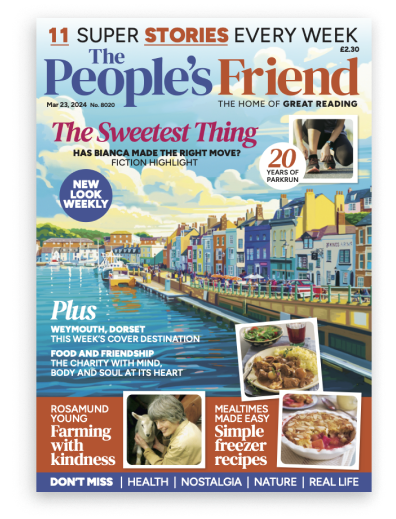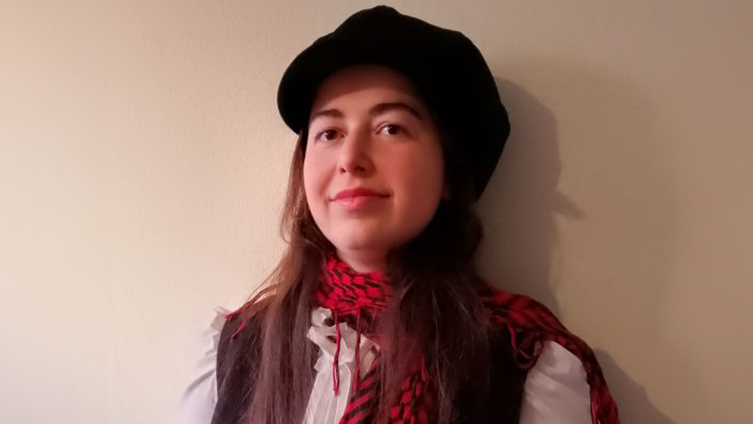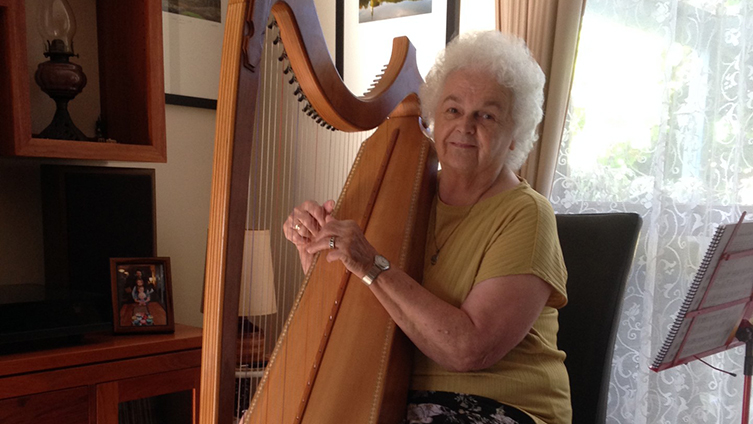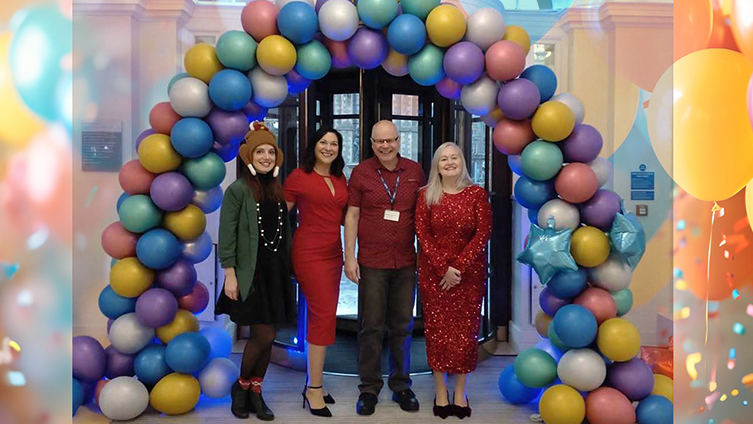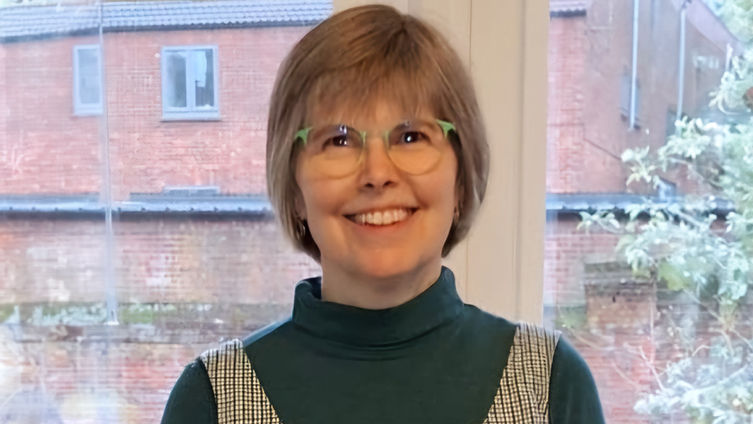
How do you choose the tense in which to write a story?
To pick a tense means whether to tell it in the present tense or the past tense. Let me explain what this means for a reader, and to you as a writer.
Present tense
This is the tense where the reader is in the action as it happens:
She sits at her laptop. Her phone beeps: a message from Bob.
It’s a simple tense, and can give a story immediacy. The reader’s in the moment.
She opens the message. A single letter: a kiss.
It also suggests an urgency:
She drops her phone, her heart hammering.
Many writers will use it at some time because it’s what feels right for a particular story. And I don’t have anything against it for a People’s Friend story. But, I’ve observed that most writers who do write in this tense lapse at some point in the narrative and slip into past tense. It’s a hard one to maintain, perhaps because there’s something slightly artificial about it.
It doesn’t come naturally, does it? Right from nursery days and Once upon a time, there was a beautiful princess…. We’re accustomed to hearing and telling a story in the past tense. So, by all means, try using it, but be vigilant and re-read your work particularly carefully afterward.
Past tense
This is the familiar narrative tense.
She was sitting at her laptop. [Actually called past continuous to indicate ongoing action]. Her phone beeped: a message from Bob.
Again, nice and straightforward.
She opened the message. A single letter: a kiss.
How about the urgency of the next example?
She dropped her phone, her heart hammering.
For me, this works just as well as delivering that moment in the present tense.
What about flashbacks?
If you’re already writing in the past tense, how do you indicate something that happened even further in the past – a flashback?
For this, you want the past perfect tense, the one where you use “had”.
She recalled the moment they’d met.
She’d been lounging by the pool, the hat shielding her face from the sun. A shadow had fallen across her…
“Hello,” a deep voice said.
The “had” at the beginning of the flashback indicates to the reader what’s happening, that she’s stepping back in time. If it’s a lengthy flashback you can then continue with it in only past tense (as I have in the example), because scattering “had” everywhere can be a clunky read. But be sure then to finish with a clear signal for the reader that she’s coming out of the flashback.
That had all been then. Now he’d sent her a kiss. How should she respond?
If it’s just a short one-paragraph flashback I’d stay in past perfect – had – to keep the reader orientated.
Always re-read your story and try to do so as if you’ve never read it before. If at any moment you feel unsure whether you’re in the now or in the past, your reader will flounder, too, and that’s the last thing you want.
